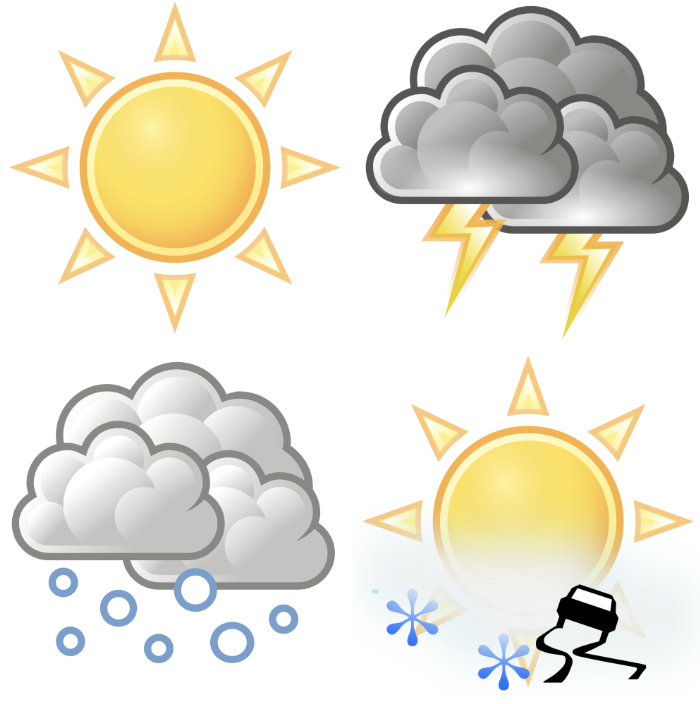
Thunderstorms, late-summer rain, and sudden temperature changes are not often associated with the Bay Area, and September is not usually a notable month for weather in the region. Decidedly a part of the dry season, this month tends to bring sunny weather and a hint of cooler weather, with the occasional reminder of summer heat. The only noticeable change would be the reduced presence of the marine layer, which cools summer temperatures along the California coast and produces fog, leading to some of the warmest temperatures of the year along the coast in places such as San Francisco (the city, which averages high temperatures below between June and August, frequently sees days in the 70s during this month. This September, however, came with plenty of weather to remember.
The first departure from average weather went mostly unseen for most of the region. Early on the morning of September 2nd, an influx of moisture associated with the southwest monsoon generated a line of showers and thunderstorms that initiated in the Central Valley before moving north during the morning. The only effect of this on most of the Bay Area was some high clouds in the distance, but the storms did pass by the eastern edge of the area near the Central Valley. For other parts of central California, though, things were different: the storms produced a significant amount of lightning, which ignited numerous wildfires, and there was not enough rainfall to prevent several of them from growing remarkably. Fortunately, these were contained fairly quickly with little overall damage.
Hardly a week later, however, rain returned to the forecast, but for a completely different reason, when a low-pressure system approached. These systems are much more common later in the winter and spring and bring most of California’s precipitation. Starting on September 9th, though, an unusually strong low-pressure system for the season moved into the Bay Area, bringing scattered showers. These would continue on the 10th, with a significant rain shower moving directly over San Jose. The system also brought cooler temperatures.
More seasonal weather seemed to return to the region the following week. This was not to last, however. After a few days of heat, with widespread 90s for much of the inland Bay Area, a notable development appeared in the forecast. Tropical Storm Mario was advancing north in the eastern Pacific, and while it wouldn’t make landfall in California until long after falling apart and losing its tropical storm status, the increased moisture and unstable atmosphere associated with it spread across nearly the entire state starting September 18th. In the end, most of the active weather stayed to the east and south of the Bay Area, but a few showers and thunderstorms made their way to some places, and the entirety of the region experienced abnormal humidity and cloud cover.
Unusual as this was, a remarkably similar pattern would occur the following week. A heat wave slowly built up before culminating in widespread high 90s and even triple digits on September 23rd. In the meantime, however, more thunderstorms were brewing to the south along the Central Coast and over the Pacific. On the morning of the 24th, these storms moved north, primarily affecting the Monterey Bay region. However, the storms weren’t done there: scattered showers and thunderstorms continued to develop in the afternoon, with plentiful lightning being recorded in the inland East Bay by evening. The system producing this weather then stalled overnight, allowing even more storms to form and persist over much of the southern half of the Bay Area. Lightning and thunder were reported across the region. When all was said and done, around 5000 lightning strikes had been recorded across the Bay Area.
Finally, one last system pushed through the area at the very end of the month. Not one but two cold fronts made their way into central California, with the first producing moderate to heavy rain in the North Bay on the 29th and the 30th. The second front would affect more of the region in the first days of October.
September is usually a quiet month in terms of weather for the Bay Area, but this year was a significant exception. With rain, heat, and thunderstorms occurring in some part of the region nearly every week, there was plenty to see that month around the Bay Area. After a mostly calm and relatively cool summer, September certainly changed the trend, leading to some of the most memorable weather in recent years.